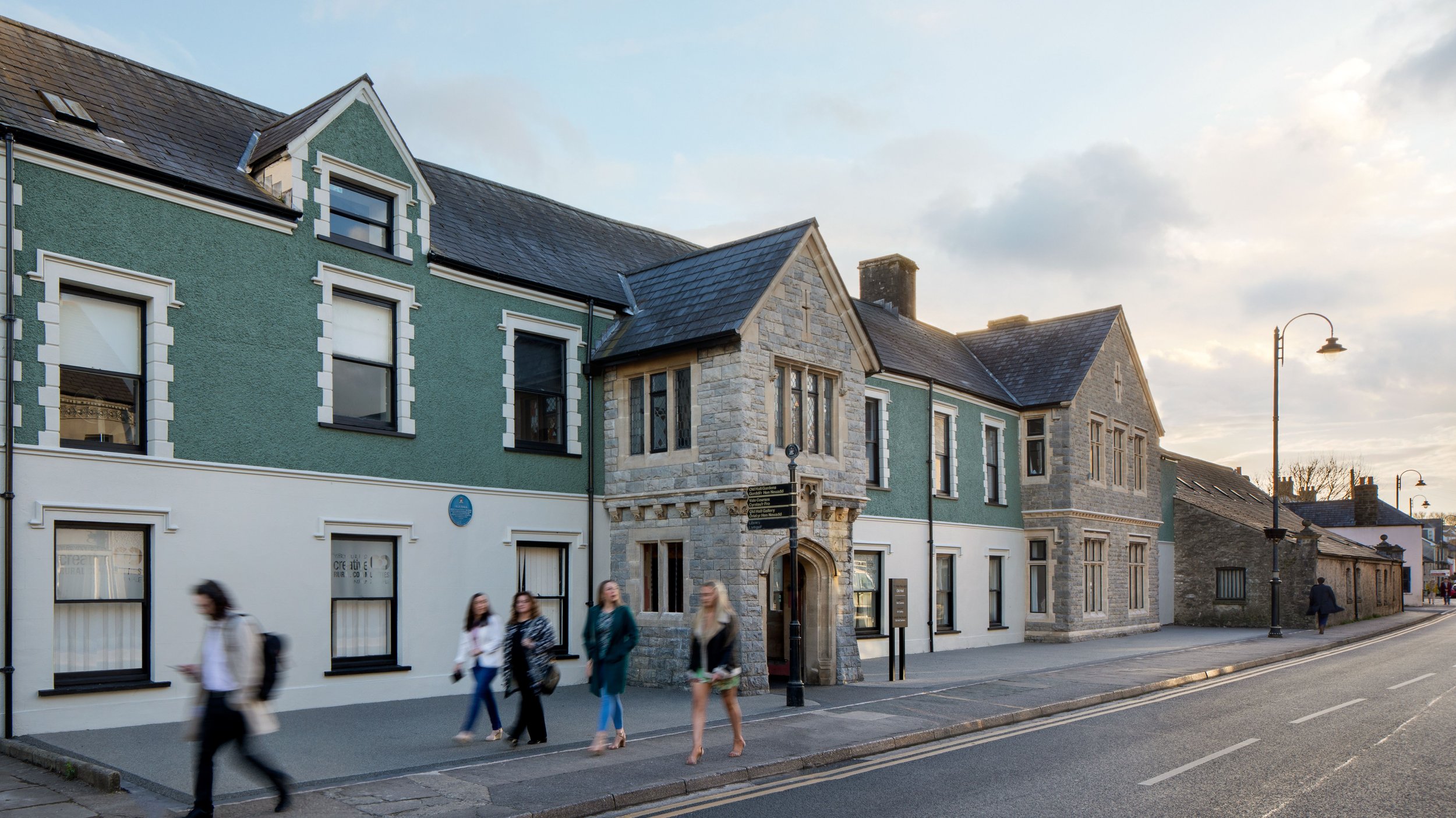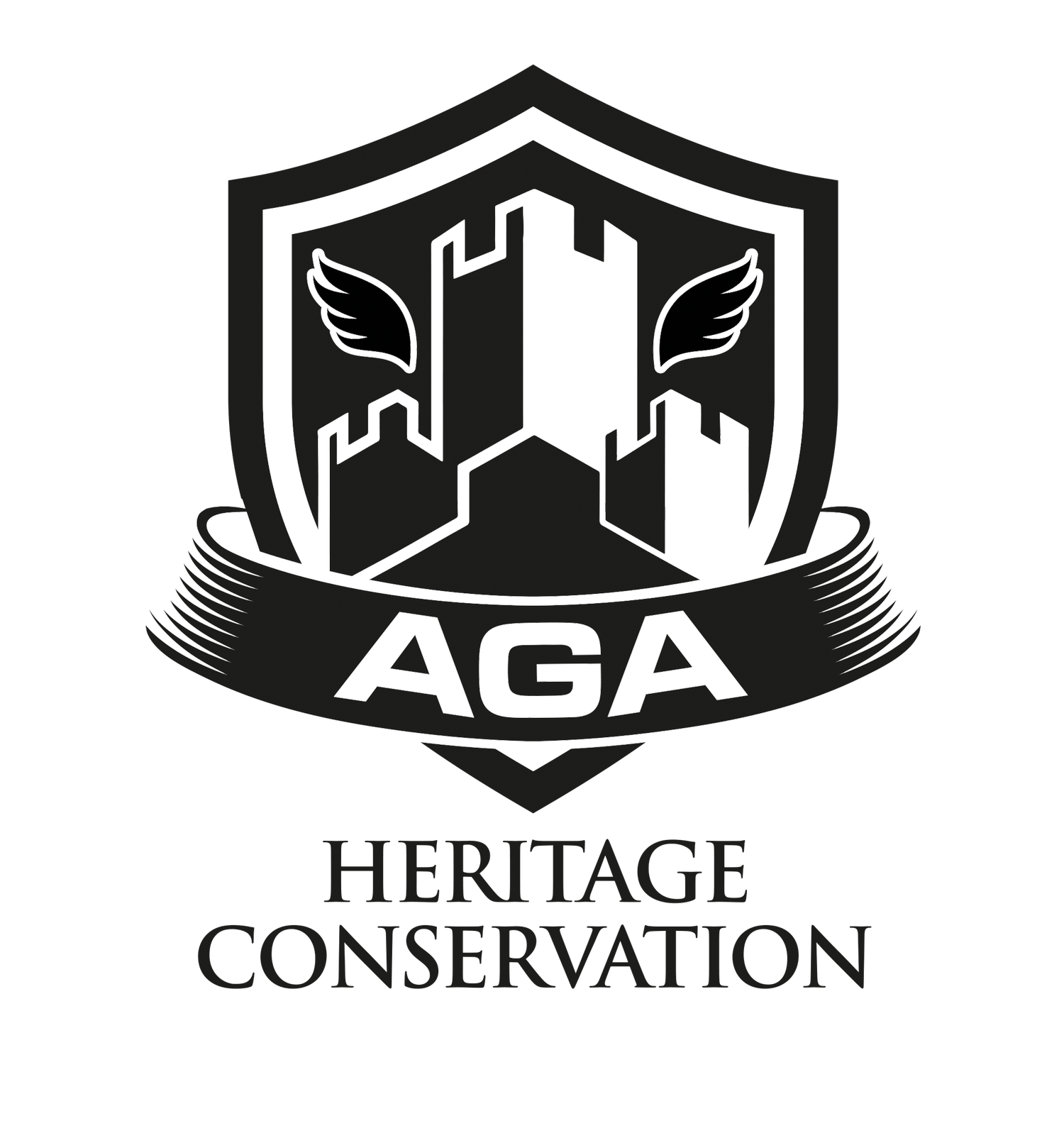
Our Projects
Doff Cleaning and stone repairs at Windsor Court.
We have a great and skilled team at Windsor Court, driving this intimidating project over the line.
Stone, cast iron and sash window repairs at Windsor Court
Sash Window Restorations at Stradey Castle.
Sash Window restorations at Penllyn Castle
The Doff system is used to remove dirt and carbon staining from stone walls at the Cowbridge Old Hall.
Façade restoration of this 1860’s property.
Restoration of lead lights, metal casement windows and surrounding stone work.
Removal of paint layers from Buckbeak with the IBIX low pressure abrasion system.
Restoration of Crittal windows.
-

Georgian Sash Window Rennovations
These Georgian sash windows are huge! 2.6m high and 1.2m wide. They were deglazed, stripped of flaking paint with new timber sections fabricated and fitted. The box frames were refurbished with new sash cords, parting beads and staff beads fitted.
It was lovely to have the full refurbishment project which included, glazing, painting and refitting.
-

18th Century Barn, Stone Cleaning
What a transformation ! My role on this project was to clean centuries of dirt and grime from the stonework using air abrasion. The masons made a fantastic job of re-working some of the arched openings and repointing with lime mortar.
-

Victorian Façade and Orangery Restoration
What a pleasure to work on this classic Victorian house. The 22 sash windows were in need of refurbishment, numerous bath stone repairs, timber repairs and cast iron rainwater goods refurbished.
The restoration of the timber orangery was by far the biggest part of the project with 27 rotten windows removed, 57 timber repairs and 198 panes of glass refitted.
The new addition of bilfold doors and custom made verander creates a complimentary link to the outside space.
-

Victorian terrace Façade restoration
This victorian terrace was built in 1980. The clay red bricks with buff coloured coining and dental details were integral to the design. The face of many of the bricks had spalled and a quick remedy had been to cement render the face of the damaged bricks and a cement mortar used to re-point. White masony paint was then used to cover the repairs.
The paint was stripped off by soda blasting and all the cement mortar raked out. The damaged bricks were replaced and the façade was re-pointed with a lime mortar that cointained a black aggregate to match similar properties in the area.
The property is now vibrant and charming which is how the Victorians intended it to be.
-

1900's Metal Casement window restoration
These metal casement windows were severely corroded with the bottom rails completely dissentegrated.
The glass and window furniture was removed so that the steel frames could be cleaned of all active corrosion.
New bottom sections were fabricated and welded into position whilst the handles and latches were cleared of corrosion build up and restored.
The frames were then glazed, painted and the brass pivots polished to give a lovely finish.
After they were tested and adjusted to open correctly, they were refitted in the stone summer house at the grounds of Penllyn Castle.
-

18th Century Beam Restoration
These 300 year old pitch pine beams were covered in a thick varnish which penetrates in-between the grain.
A very soft media was used for this abrasive clean which is propelled at the beams from a helix. The helical action softens the impact, combined with a low pressure setting to prevent loss of material.
-

Conservation of the 17th Century gateway at All Hallows church , Twickenham
The old gateway dates from 1693 and once lead to the graveyard at the old All Hallows church which was a Sir Christopher Wren design.
In 1865 the church had to be demolished and rebuilt on a different location and at this point the gate was taken inside. My role was to carefully clean this incredible piece by drawing out salts with a seaweed poultice and cleaning the ornate carvings with cotton buds and porcupine quills.
A de-corroding solution was used to treat the iron bars before a coat of crystaline wax was used to protect and revive both the timber and the iron.
It was an honour to be asked to work on such a rare and valuable piece such as this.
